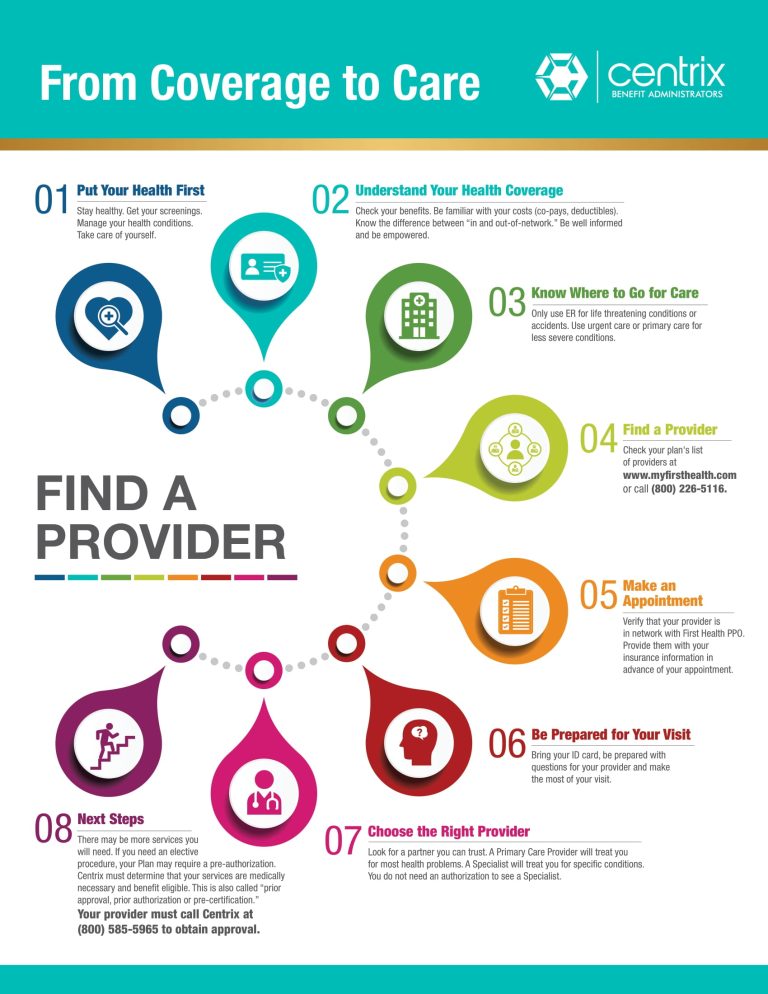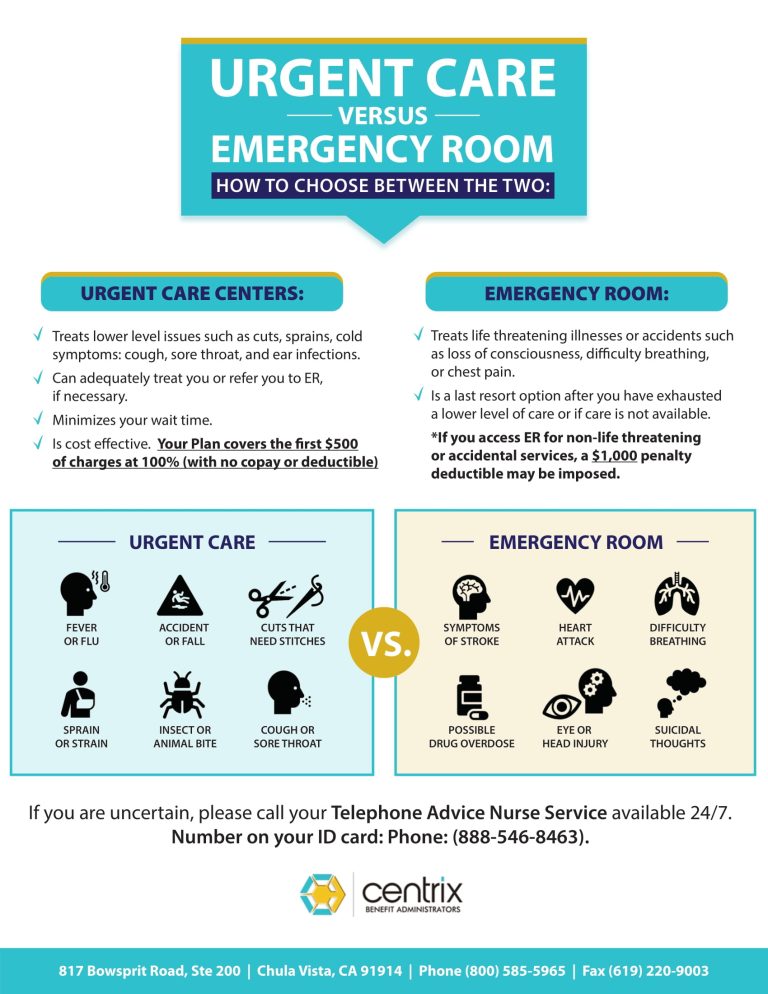Resources
Regulatory Resources
For detailed information regarding CMS, please follow the link here.
SELF-INSURED GROUP HEALTH PLANS
A self-insured group health plan (or a ‘self-funded’ plan as it is also called) is one in which the employer assumes the financial risk for providing health care benefits to its employees. In practical terms, self-insured employers pay for each out of pocket claim as they are incurred instead of paying a fixed premium to an insurance carrier, which is known as a fully-insured plan. Typically, a self-insured employer will set up a special trust fund to earmark money (corporate and employee contributions) to pay incurred claims.
According to a 2000 report by the Employee Benefit Research Institute (EBRI), approximately 50 million workers and their dependents receive benefits through self-insured group health plans sponsored by their employers. This represents 33% of the 150 million total participants in private employment-based plans nationwide.
There are several reasons why employers choose the self-insurance option. The following are the most common reasons:
- The employer can customize the plan to meet the specific health care needs of its workforce, as opposed to purchasing a ‘one-size-fits-all’ insurance policy.
- The employer maintains control over the health plan reserves, enabling maximization of interest income – income that would be otherwise generated by an insurance carrier through the investment of premium dollars.
- The employer does not have to pre-pay for coverage, thereby providing for improved cash flow.
- The employer is not subject to conflicting state health insurance regulations/benefit mandates, as self-insured health plans are regulated under federal law (ERISA).
- The employer is not subject to state health insurance premium taxes, which are generally 2-3 percent of the premium’s dollar value.
- The employer is free to contract with the providers or provider network best suited to meet the health care needs of its employees.
No. Since a self-insured employer assumes the risk for paying the health care claim costs for its employees, it must have the financial resources (cash flow) to meet this obligation, which can be unpredictable. Therefore, small employers and other employers with poor cash flow may find that self-insurance is not a viable option. It should be noted, however, that there are companies with as few as 25 employees that do maintain viable self-insured health plans.
Yes. While the largest employers have sufficient financial reserves to cover virtually any amount of health care costs, most self-insured employers purchase what is known as stop-loss insurance to reimburse them for claims above a specified dollar level. This is an insurance contract between the stop-loss carrier and the employer, and is not deemed to be a health insurance policy covering individual plan participants.
Self-insured employers can either administer the claims in-house, or subcontract this service to a third party administrator (TPA). TPAs can also help employers set up their self-insured group health plans and coordinate stop-loss insurance coverage, provider network contracts and utilization review services.
Any payments made by employees for their coverage are still handled through the employer’ s payroll department. However, instead of being sent to an insurance company for premiums, the contributions are held by the employer until such time as claims become due and payable; or, if being used as reserves, put in a tax-free trust that is controlled by the employer.
Self-insured group health plans come under all applicable federal laws, including the Employee Retirement Income Security Act (ERISA), Health Insurance Portability and Accountability Act (HIPAA), Consolidated Omnibus Budget Reconciliation Act (COBRA), the Americans with Disabilities Act (ADA), the Pregnancy Discrimination Act, the Age Discrimination in Employment Act, the Civil Rights Act, and various budget reconciliation acts such as Tax Equity and Fiscal Responsibility Act (TEFRA), Deficit Reduction Act (DEFRA), and Economic Recovery Tax Act (ERTA).
STOP-LOSS EXCESS INSURANCE
Stop-loss insurance (also known as excess insurance) is a product that provides protection for self-insured employers by serving as a reimbursement mechanism for catastrophic claims exceeding pre-determined levels.
A significant difference between stop-loss and conventional employee benefit insurance is that stop-loss insures only the employer. Stop-loss does not insure employees (health plan participants).
Stop-loss comes in two forms: specific and aggregate.
Specific Stop-Loss is the form of excess risk coverage that provides protection for the employer against a high claim on any one individual. This is protection against abnormal severity of a single claim rather than abnormal frequency of claims in total. Specific stop-loss is also known as individual stop-loss.
Aggregate Stop-Loss provides a ceiling on the dollar amount of eligible expenses that an employer would pay, in total, during a contract period. The carrier reimburses the employer after the end of the contract period for aggregate claims.
A number of variations are available for each of these two products.
Generally, all but the largest employers will want to protect their plan with both specific and aggregate stop-loss coverage. Occasionally, circumstances may be such that specific stop-loss by itself will fulfill the employer’s need for protection.
Frequently, stop-loss coverage is written through a trust. Under a conventional group insurance arrangement, the policy is issued to the employer. With a trust, however, the trustee is the policyholder. Employers who apply and are accepted for stop-loss insurance are participating employers in the trust.
Each participating employer is given a participation certificate that outlines the benefits provided by the policy issued to the trustee. These terms are commonly used in connection with the trust:
(1) The TRUST means the trust through which stop-loss coverage is provided to participating employers.
(2) The TRUSTEE is the bank which is acting as policyholder for the stop-loss policy.
(3) The POLICY is the document issued to the trustee.
(4) A PARTICIPATING EMPLOYER is one who purchases stop-loss coverage through the trust.
(5) PARTICIPATION CERTIFICATE is the document issued to the participating employer and is similar in contentto the policy issued to the trustee.
The employer’s plan document defines the benefits offered to the employees and is critical in determining liability under the Stop-Loss coverage. Because the employer has great latitude in designing the plan, there may be elements in the document that are not included under the Stop-Loss coverage. The covered portions of the plan document must be approved by the underwriter in order to effect the Stop-Loss coverage. Changes in the plan document, after its initial approval, must be approved before their inclusion in the Stop-Loss coverage.
Expenses are determined to be eligible for reimbursement based upon two criteria:
(1) The expenses must be eligible under the Employer’s Benefit Plan as approved; and
(2) The loss must be covered under the loss definition in the Stop-Loss policy.
Stop-Loss insurance is provided on a reimbursement basis. The employer is responsible for payment of all losses under a self-funded plan. With the purchase of Stop-Loss coverage, the employer is still responsible for all losses including those that exceed the deductible. After the losses have been paid, the employer will be reimbursed for the amount of the loss that exceeds the deductible. All reimbursements are paid directly to the employer, never to an employee or to a provider of services or supplies.
Specific claims are generally submitted and processed as soon as the deductible is met. Aggregate claims are usually processed only after the close of the contract period. Occasionally, there are requests for a “monthly accommodation” on the aggregate. This means the employer wants the year-to-date aggregate claims to be compared to the year-to-date aggregate deductible to determine if any amount is payable. Money could change hands during the year. The ultimate amount of the claim should remain the same. There is a business risk in this situation rather than an insurance risk; the employer may not pay back an advance if it turns out in a later month that he isn’t entitled to it.





